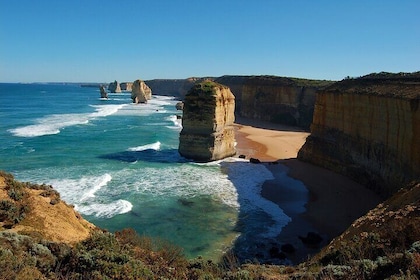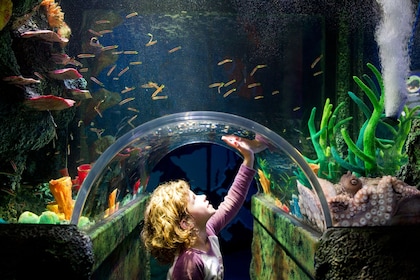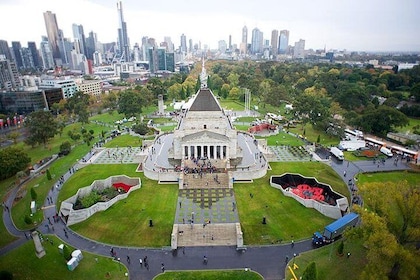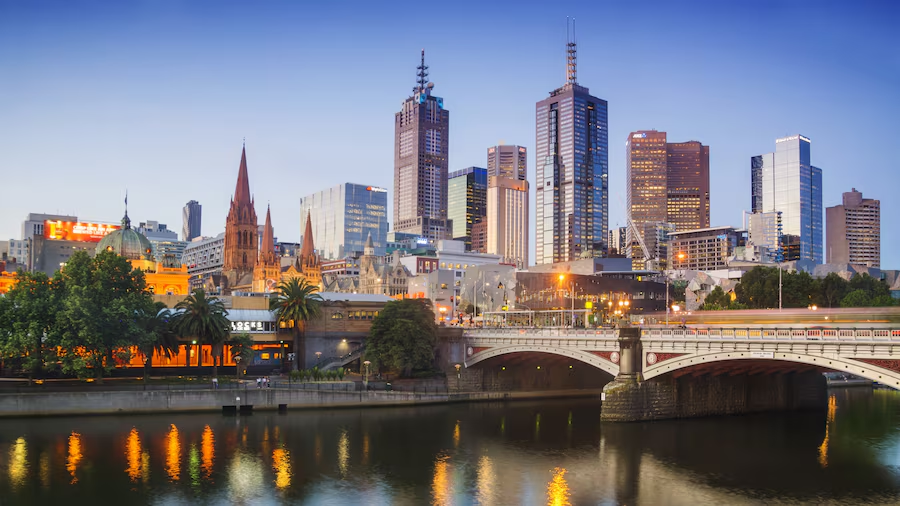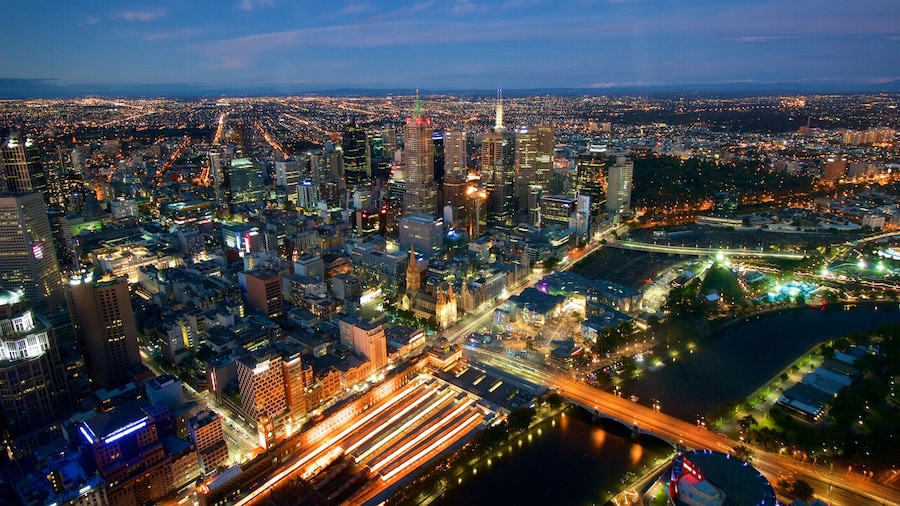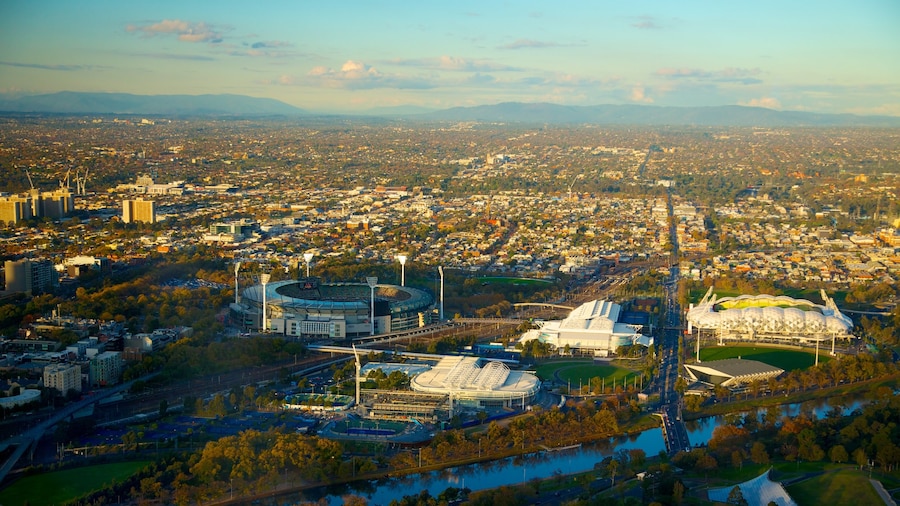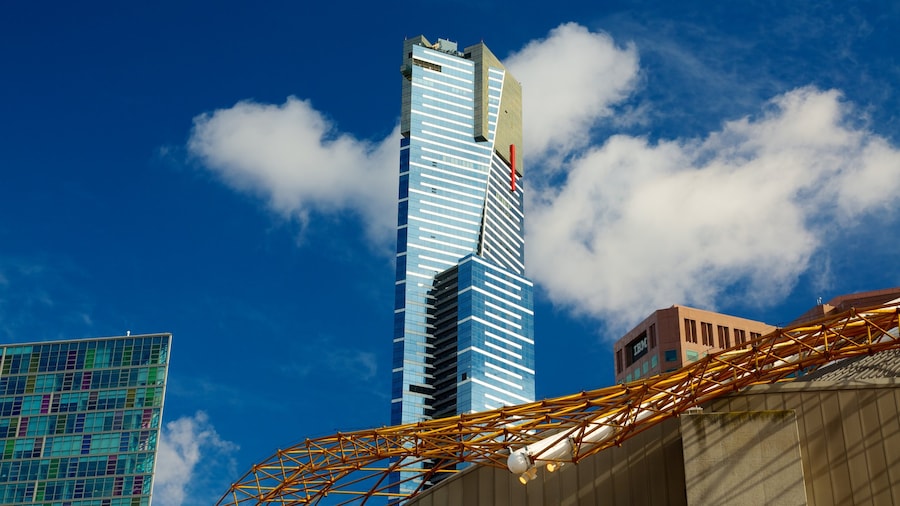From indigenous art to priceless artworks, Australia’s oldest art gallery is a cultural treasure house.
Arranged across two sites, the permanent collection of the National Gallery of Victoria (NGV) represents one of the most comprehensive reviews of Australian and international art in the world.
The NGV International in Melbourne’s Southbank cultural quarter houses over 66,000 artworks from Europe, Asia, America and Oceania. On display are priceless paintings by world-famous artists including Picasso, Manet, Monet and Correggio, alongside less familiar but equally striking works of Australian provenance. The gallery also hosts major touring exhibitions which bring masterpieces of European, American and Asian art to the city for a limited period.
The Ian Potter Centre: NGV Australia in nearby Federation Square specialises in Australian art, with a unique collection of work dating from the colonial period of the late 18th and 19th centuries through to the present day. Here you can admire paintings, photography, textiles and decorative arts from the hands of indigenous and non-indigenous artists and craftspeople, and trace the development of Australian “impressionist” art through the famous Heidelberg School, whose members strove to give their work a uniquely Australian character.
Both buildings are architecturally interesting in their own right. The angular glass-and-steel Ian Potter Centre is one of the more spectacular ultramodern buildings around Federation Square. In complete contrast, NGV International dates from 1861, making it Australia’s oldest art gallery. Its imposing grey exterior is softened by the surrounding water features, and one of the world’s largest stained-glass ceilings casts bright shards of colourful light onto the entrance hall.
NGV International is open every day except Tuesday, and the Ian Potter Centre every day except Monday. Both venues are closed on Good Friday and Christmas Day. Admission to the permanent collections is free but tours and audio guides involve a charge and some temporary and touring exhibitions carry an entry fee. The two galleries are close to each other and can be easily reached from the main train terminal at Flinders Street Station.








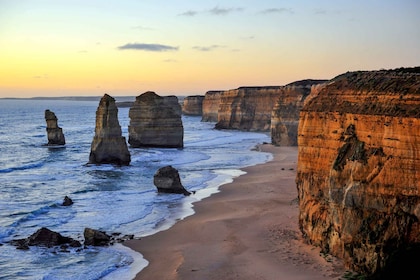


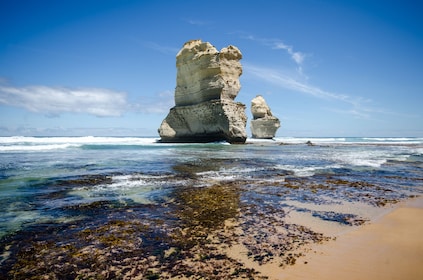

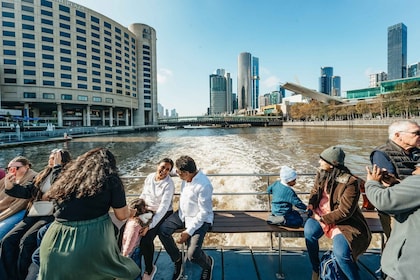


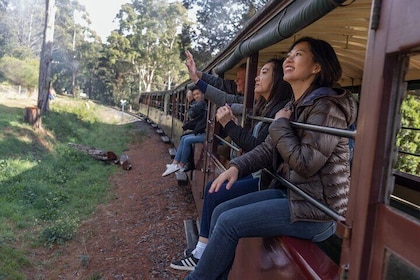
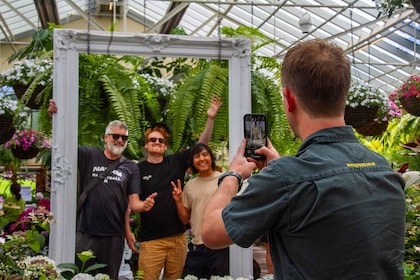






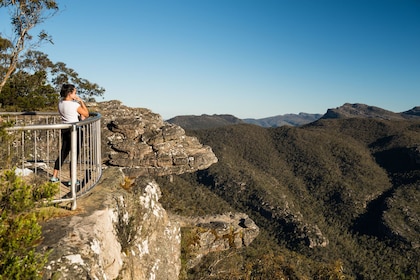

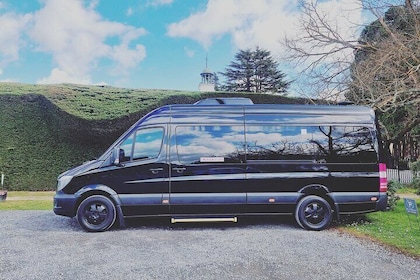


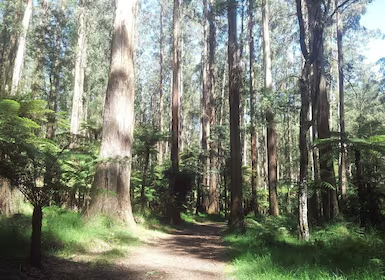
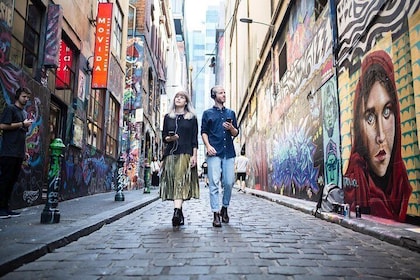
![[Private Tour]Great Ocean Road and 12 Apostles Luxury Day Trip](https://mediaim.expedia.com/localexpert/49529404/a7756301-0026-47d9-8380-cedef6060986.jpg?impolicy=resizecrop&rw=500&rh=280)

